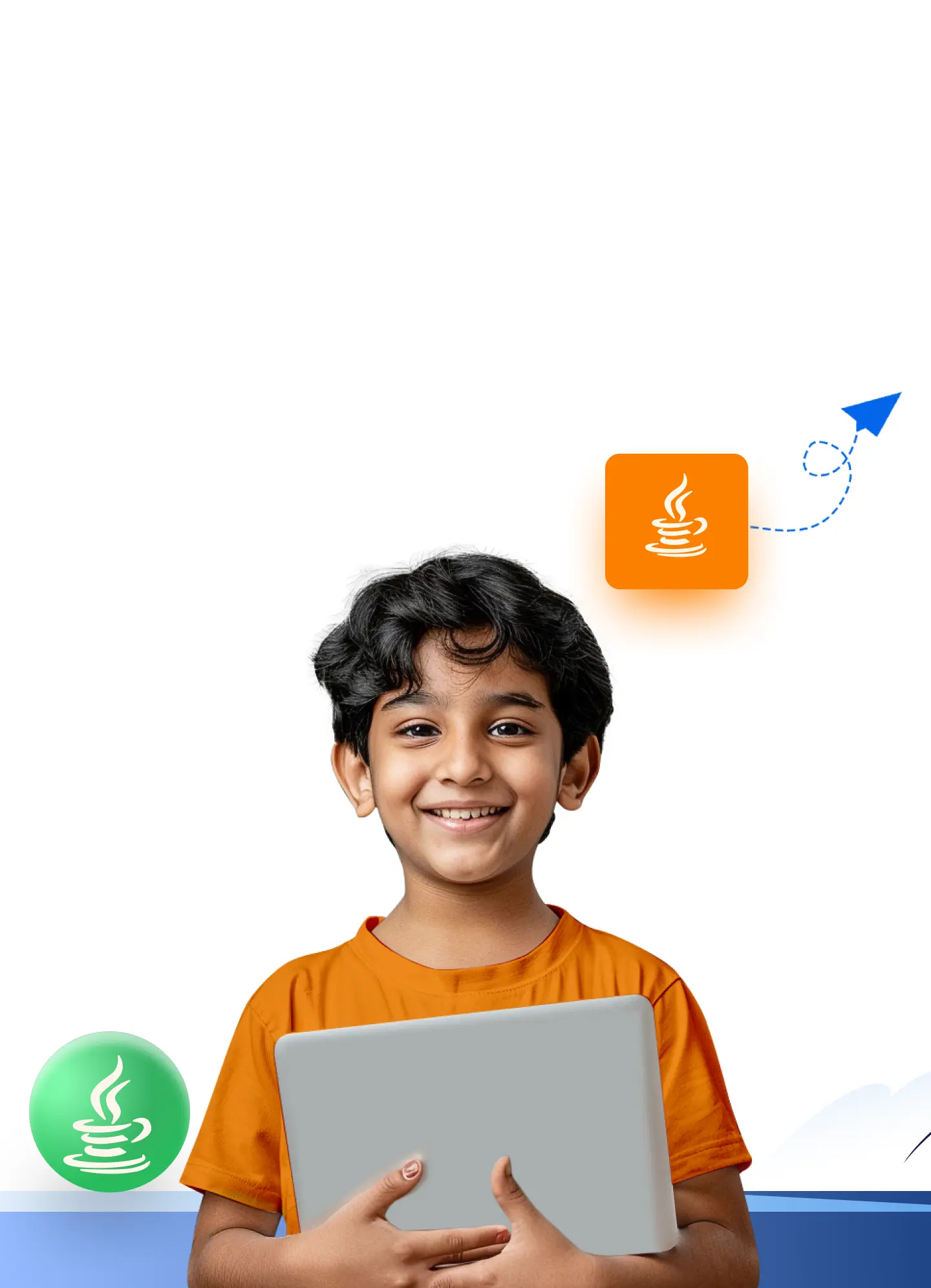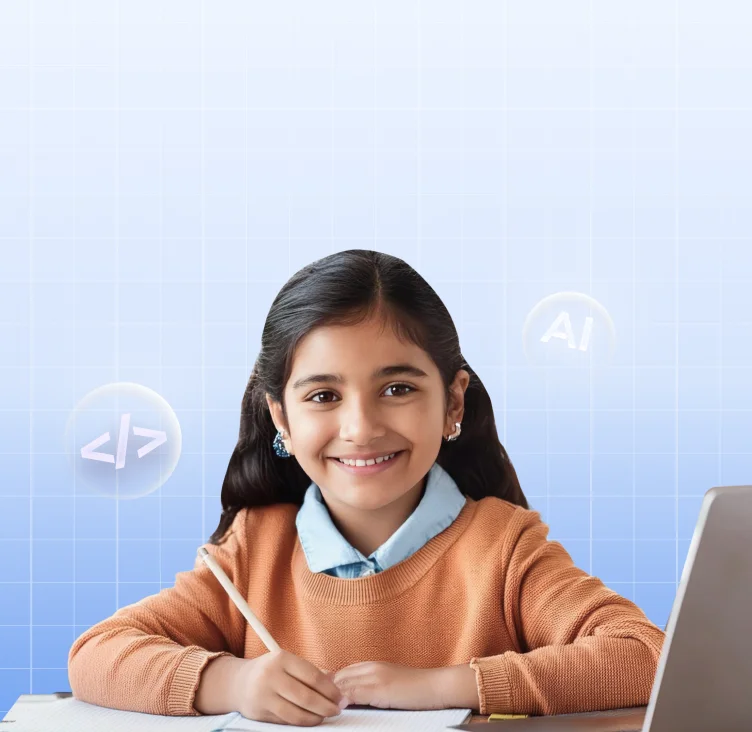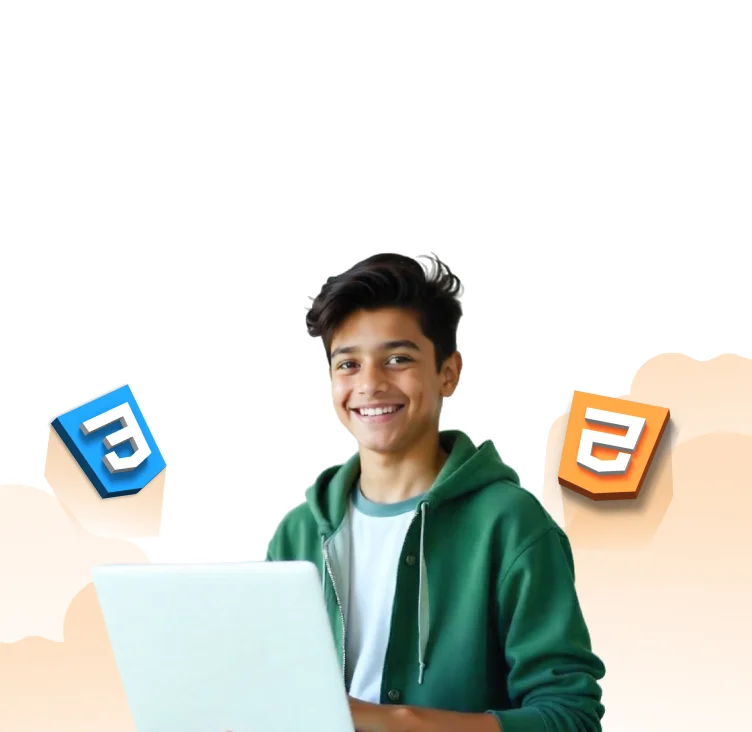Best Programming Languages for Kids
By Srinithi SankarCoding has a very positive effect on kids’ overall development. It helps boost creativity, academic performance, problem solving skills, and logical thinking, in addition to making them future ready. This aspect has encouraged many modern parents to teach their kids programming from a young age.
One of the first and most crucial steps in the journey to learn coding is selecting the right coding language. There are a plethora of programming languages in the IT space that serve different purposes and have different learning curves and requirements.
If you’re also a parent who wants to introduce their child to the world of coding and computer science, we have compiled some of the best programming languages for kids in this guide.Each of these languages has been chosen based on their simplicity, versatility, and the value they offer in terms of learning.
Best Programming Languages for Kids
Some of the best programming languages for kids are Scratch, Blockly, Alice, Python, JavaScript, Lua, Java, etc. Most of these programming languages have very easy syntax. Some of them incorporate visual block based programming that is very interactive and engaging for kids as young as 6-7 years of age.
Following are some of the best programming languages for kids:
1. Scratch

Developed by the MIT Media Lab, Scratch is a visual programming language which allows kids to create animations, games, and interactive stories by dragging and dropping code blocks.
Why it’s Great for Kids:
- Block-based visual coding environment
- Helps build logical thinking and problem-solving skills
- Fun, interactive and engaging
- Syntax errors aren’t a concern
Level of difficulty: Very easy
Ideal Age Range: 5 and above
Device Compatibility: Scratch works in the browser, so it’s compatible with all devices.
Interactivity and Visual Feedback: Scratch is highly interactive. Kids can see the results of their code immediately, which keeps them engaged and motivated.
Community and Learning Resources: Scratch has a large and active online community where kids can share their projects and learn from other coders. There are also many tutorials and guides available online.
Real-World Applicability: Primarily a learning tool, the fundamentals of programming that Scratch teaches are applicable to other programming language.
2. Blockly

Google developed Blockly specifically to engage and encourage young coders. Blockly is a visual programming language that uses code blocks to represent various coding concepts to make programming fun and interactive for kids.
Why it’s Great for Kids:
- Block Based visual coding environment
- Easy, interactive and engaging Drag-and-Drop interface
- Access to a variety of pre-made projects for kids to practice
- Teaches coding concepts like loops, variables, conditionals, etc.
Level of difficulty: Easy
Ideal Age Range: 5 and above
Device Compatibility: Blockly works in the browser. Hence, compatible with all devices.
Interactivity and Visual Feedback: Blockly provides an interactive and visual coding experience. Kids can immediately see the results of their code in the workspace.
Community and Learning Resources: Blockly has a helpful online community and plenty of online resources to aid learning.
Real-World Applicability: While Blockly is primarily a learning tool, it teaches the fundamentals of programming, which can be applied to other programming languages.
3. Python
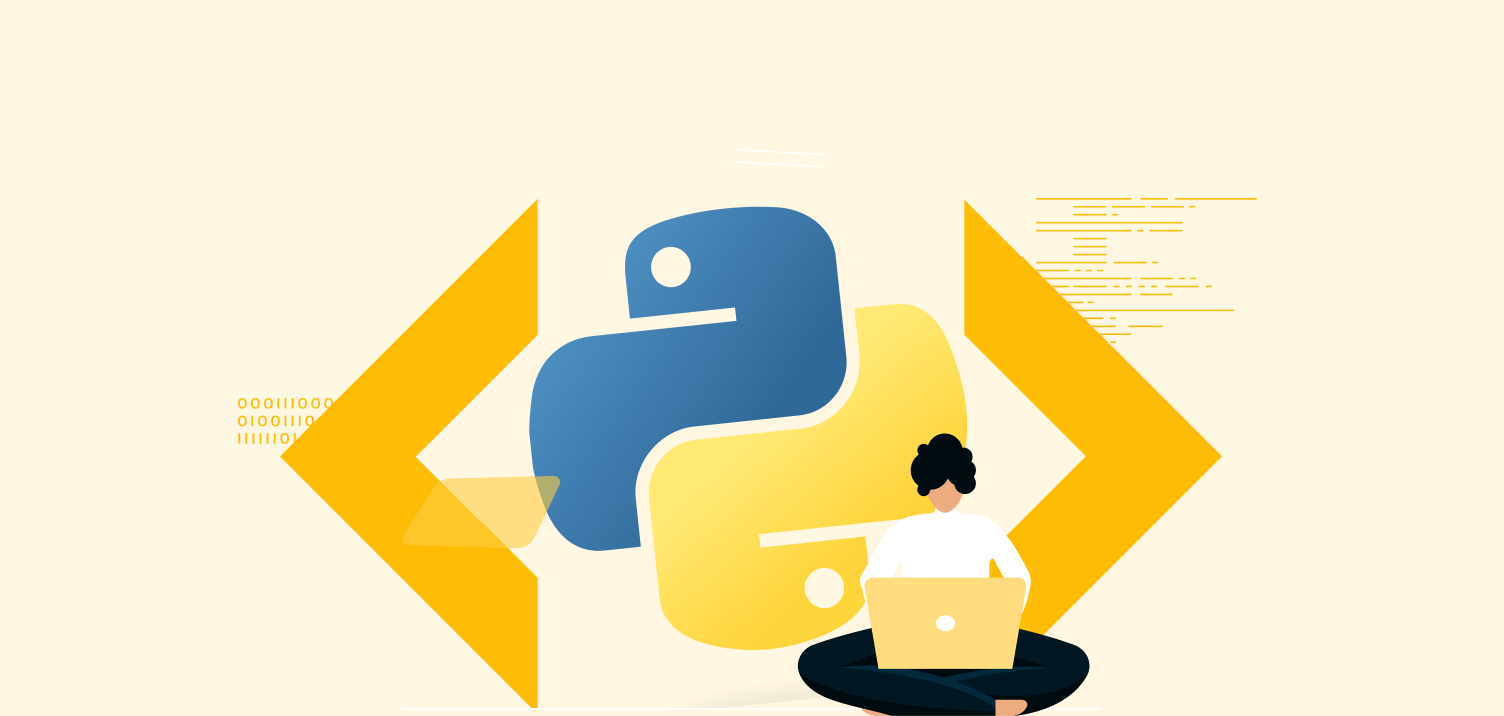
Python is a high-level programming language. It is an interpreted language, which means the code can be run and tested in real time without compiling it separately. Python’s syntax is easily readable and understandable given its similarity to English.
Why it’s Great for Kids:
- Simple, English based syntax
- Less is more with Python
- An array of built-in libraries, frameworks, and advanced features
- High compatibility and readability
- Multiple applications
Level of difficulty: Easy
Ideal Age Range: 8 and above
Device Compatibility: compatible with Windows, macOS, and Linux.
Interactivity and Visual Feedback: Python’s Turtle and Pygame libraries provide a visual and interactive coding experience.
Community and Learning Resources: Python has a vast community of users and developers. Various online resources and platforms offer specialized Python courses for kids.
Real-World Applicability: Python is widely used in various fields like web development, data science, data analytics, machine learning, artificial intelligence, automation, and software testing. It is one of the most in-demand programming languages on the job market.
4. JavaScript

JavaScript is a great programming language mostly used in web development to design interactive and engaging web pages and applications. Javascript is lightweight and interpreted, making it ideal for kids. Kids can learn HTML and CSS after JavaScript and design really good webpages on their own.
Why it’s Great for Kids:
- Immediate results on web pages
- Learning is engaging and fun
- Teaches major web development skills
- Improved logical, creative and critical thinking
Level of difficulty: Moderate
Ideal Age Range:10 and up
Device Compatibility: Being a web-based language, JavaScript works on all devices with a web browser.
Interactivity and Visual Feedback: Kids can see the effects of their JavaScript code immediately on the web pages they are working on.
Community and Learning Resources: JavaScript has a huge community, and there are plenty of tutorials, guides, and online courses available.
Real-World Applicability: JavaScript is used in almost all web applications, making it a highly sought-after language in the job market.
5. Ruby

Ruby is an object-oriented programming language that is known for its simplicity and readability. It is a text-based language and can be a good choice for kids who have mastered the basics of coding.
Why it’s Great for Kids:
- Simple and easily comprehensible syntax
- Allows kids to learn more advanced programming concepts
- Flexible and wide range of applications
- Interpreted programming language ensuring real-time results
Level of difficulty: Moderate
Ideal Age Range: 10 and up
Device Compatibility:Ruby works on Windows, macOS, and Linux.
Interactivity and Visual Feedback: Ruby offers several libraries and tools that provide a visual and interactive coding experience.
Community and Learning Resources: Ruby has a helpful community and plenty of online resources to aid learning.
Real-World Applicability: Ruby, especially Ruby on Rails (a framework for Ruby), is widely used in web development and is a valuable skill in the tech industry. It is also used to write command line programs which are highly used to perform unit testing and development based on testing.
Are You Ready for a Tech Challenge?
Skip the ordinary and jump into Buzzer, the interactive MCQ game designed for kids who love computer science and technology! Pick a topic, hit the buzzer, and test your knowledge with thrilling gamified questions. Stay sharp, score high, and claim your spot at the top! Play Buzzer now!
6. Lua
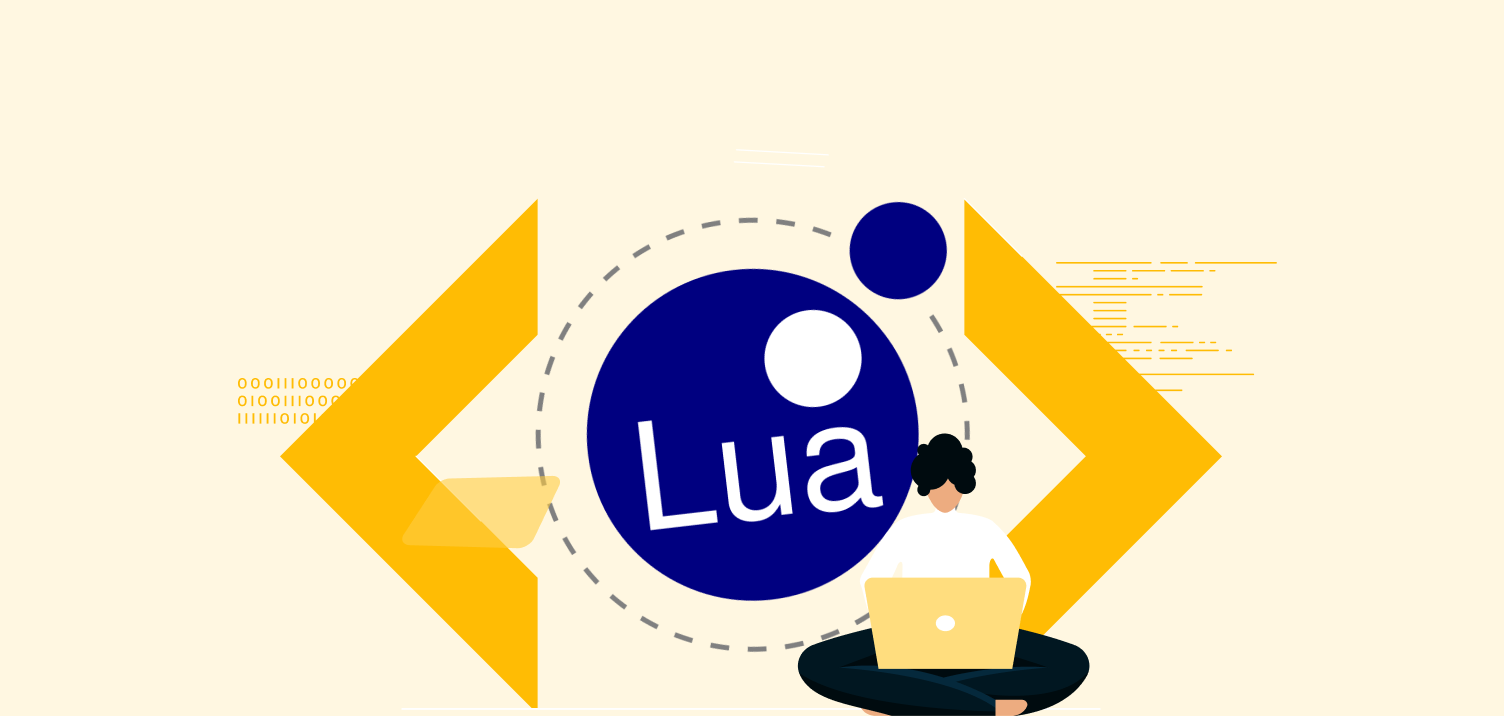
Lua is a lightweight, high-level programming language designed primarily for programming embedded systems. It is fairly beginner-friendly and is often used in game development. It is fast and offers coding with fewer errors.
Why it’s Great for Kids:
- Simple, fast, and flexible
- Easy to learn syntax
- Gives real-time feedback as an interpreted language
- Engaging and versatile
Level of difficulty: Moderate
Ideal Age Range: 10 and up
Device Compatibility: Compatible with Windows, macOS, and Linux.
Interactivity and Visual Feedback: Lua offers several libraries and tools for game development, providing a visual and interactive coding experience for kids.
Community and Learning Resources: Lua has a helpful community and plenty of online resources to foster learning in kids.
Real-World Applicability: Lua is widely used in the gaming industry, making it a valuable skill for kids interested in game development. Famous games like ‘Angry Birds’ have been built on Lua. It is also applied in robotics and web development.
Want to give your child a head start in coding? With HackerKid, they’ll follow a well-structured path built by experts, engage in fun, hands-on learning, and build real projects along the way. No confusion, no aimless browsing, just the right guidance at the right time.
Fill out the form for a personalized roadmap and start your child’s tech journey today!
7. Java
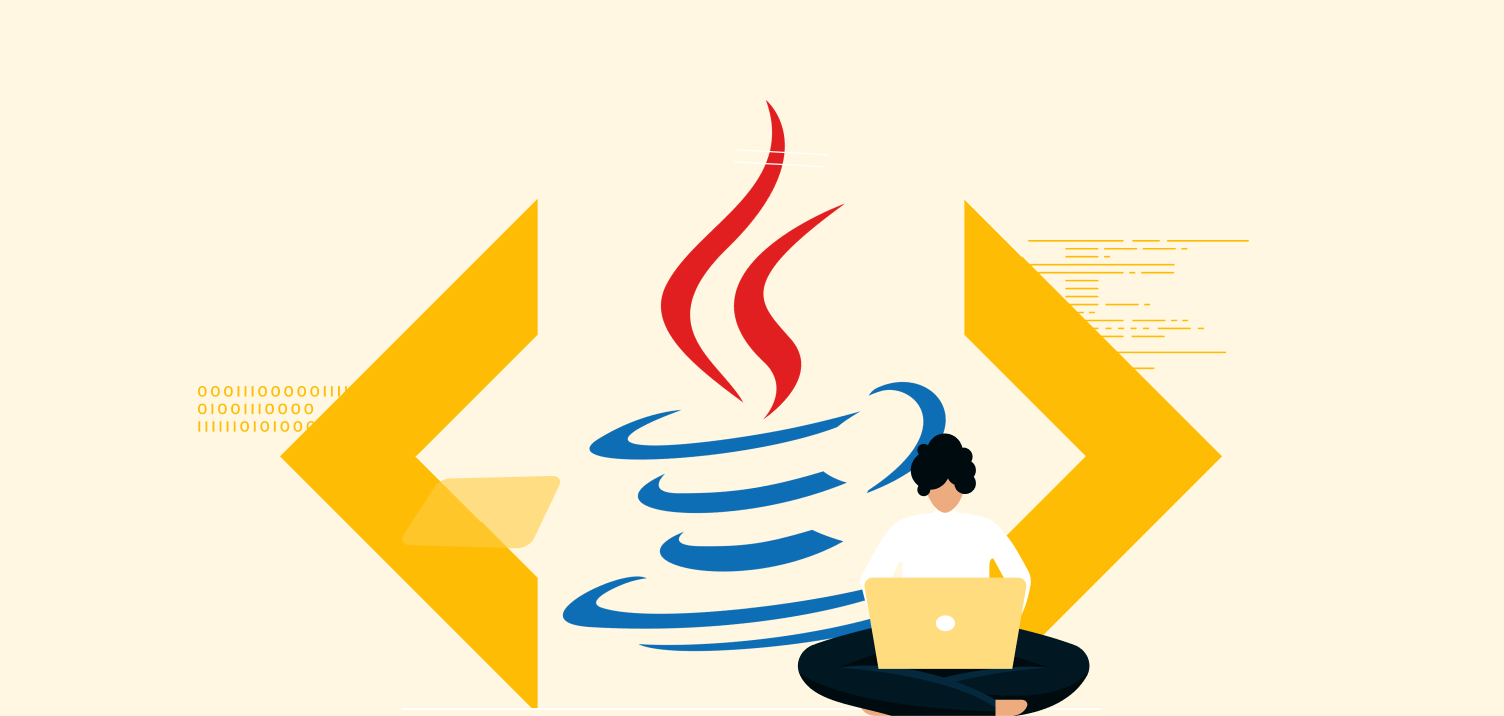
Java is a versatile high level programming language widely used for building applications, ranging from mobile apps to enterprise servers. This text-based language will be more suitable for older kids or those who have some coding experience.
Why it’s Great for Kids:
- Powerful language to learn advanced programming concepts
- Wide applications in the IT field
- Flexibility, portability, and high compatibility with various devices
- Readable and clear syntax
Level of difficulty: Moderate to Hard
Ideal Age Range:13 and up
Device Compatibility: Java works on all devices that have the Java Runtime Environment (JRE) installed.
Interactivity and Visual Feedback: Java offers several libraries and tools that provide a visual and interactive coding experience.
Community and Learning Resources: Java has a huge community and a vast number of learning resources, including online courses, tutorials, and forums.
Real-World Applicability: Java is used in a wide range of industries, from mobile app development, software application development, game development, financial system development, etc. All this widens the job market for Java and makes it a highly sought-after skill.
8. Swift

Swift is a powerful and intuitive programming language developed by Apple that enables programming and building applications for iOS, macOS, watchOS, and tvOS. It’s very easy to use and open-source.
Why it’s Great for Kids:
- Swift Playgrounds allows interactive coding for kids
- Extremely helpful in learning app development (for Apple devices)
- Has a readable and clean syntax
Level of difficulty:Moderate
Ideal Age Range: 12 and up
Device Compatibility: Swift works best on macOS but can also work on Linux.
Interactivity and Visual Feedback: Apple has designed Swift Playgrounds, an iPad and Mac app that provides an interactive and fun way for kids to learn Swift.
Community and Learning Resources: Swift has a large community and plenty of resources, including Swift Playgrounds, online tutorials, and forums.
Real-World Applicability: Swift is mainly used to develop apps for Apple’s platforms, which makes it highly valued in the app development industry.
Are You Ready for a Tech Challenge?
Skip the ordinary and jump into Buzzer, the interactive MCQ game designed for kids who love computer science and technology! Pick a topic, hit the buzzer, and test your knowledge with thrilling gamified questions. Stay sharp, score high, and claim your spot at the top! Play Buzzer now!
Final Words
Equipping your child with coding skills is not just about preparing them for future job prospects. It’s also about helping them think logically, solve problems creatively, and understand the digital world around them. So why wait? Get your kids started on their coding journey today with these best programming languages for kids.
If you found this guide helpful, then comment and let us know your experience. If you’re looking for a resource to teach your kids coding, you can try enrolling them in HackerKID’s online coding classes for kids. HackerKID is India’s No. 1 gamified coding platform for kids, accredited by the Ministry of Education, Powered by GUVI: an IIT-Madras and IIM-Ahmedabad incubated EdTech company.
Frequently Asked Questions
1. Which programming languages are best for kids?
The best programming languages for kids include Python, Scratch, JavaScript, Blockly, Java, Ruby, Lua, and Swift. These languages are chosen due to their simplicity, versatility, and the value they offer in terms of learning.
2. How do I choose the best programming language for my kid to learn?
The choice of programming language depends on the child’s age, interest, and learning pace. Younger kids might find visual programming languages like Scratch and Blockly easier to start with. Older kids can start with text-based languages like Python or JavaScript.
3. At what age can kids start coding?
Kids can start learning to code at age 5 through some special coding environments like HackerKID, Scratch, Blockly, Alice, etc. They offer a visual block-based learning experience that engages the kids and teaches them various coding concepts in a fun and interactive way.
As their age and understanding grow, parents can further introduce more mainstream or advanced programming languages with the help of age-appropriate resources and guidance.
4. Where can kids learn coding?
There are plenty of free resources for kids to learn coding. These include online platforms like HackerKID, Code.org, Scratch, and Blockly. They have an age-appropriate gamified learning platform for kids where they can learn the basics of coding and understand various programming concepts.
Additionally, there are numerous online platforms that provide specialized coding classes for kids. Parents can also access various fun projects, exercises, games, and activities available online to help their kids learn coding.
5. Can kids understand and learn coding?
Absolutely! Kids can understand and learn coding using the right tools and resources. Visual programming languages like Scratch and Blockly are particularly kid-friendly and make learning to code fun and engaging.









